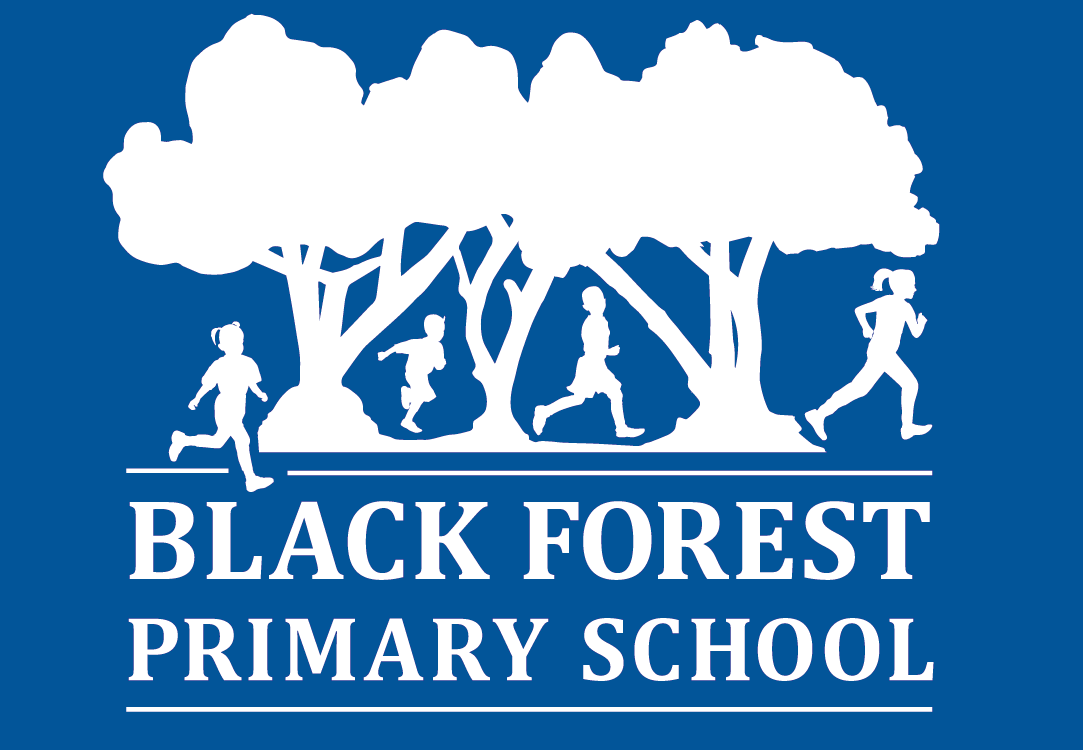Learning to Read
Learning to read is the most important educational outcome of primary education. Reading is a complex process that builds on oral language and encompasses both specific skill development (phonemic and decoding strategies) and the use of comprehension strategies. Current research describes the “Big 6” components of an effective reading program. These are:
- Oral language – provides the foundation for learning to read
- Vocabulary – is a key component of reading for meaning
- Phonological Awareness – is a broad term that refers to the ability to focus on the sounds of speech as opposed to its meaning, and it has a number of different levels or components
- Phonics – the relationship between sounds and letters – the “alphabetic code” or the system that the English language uses to map sounds onto paper. This is taught sequentially and explicitly at our school using the Systematic Synthetic Phonics program “InitiaLit” R-2.
- Fluency –the point at which “learning to read” transforms into “reading to learn”.
- Comprehension – the reason for reading! Understanding and processing of the meaning and what is being read.
Feel free to speak to your child’s teacher about how you can further support your child’s development in reading at home.






